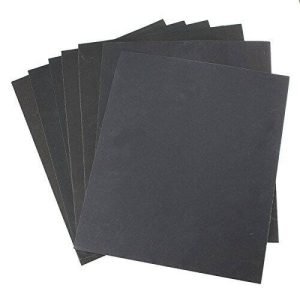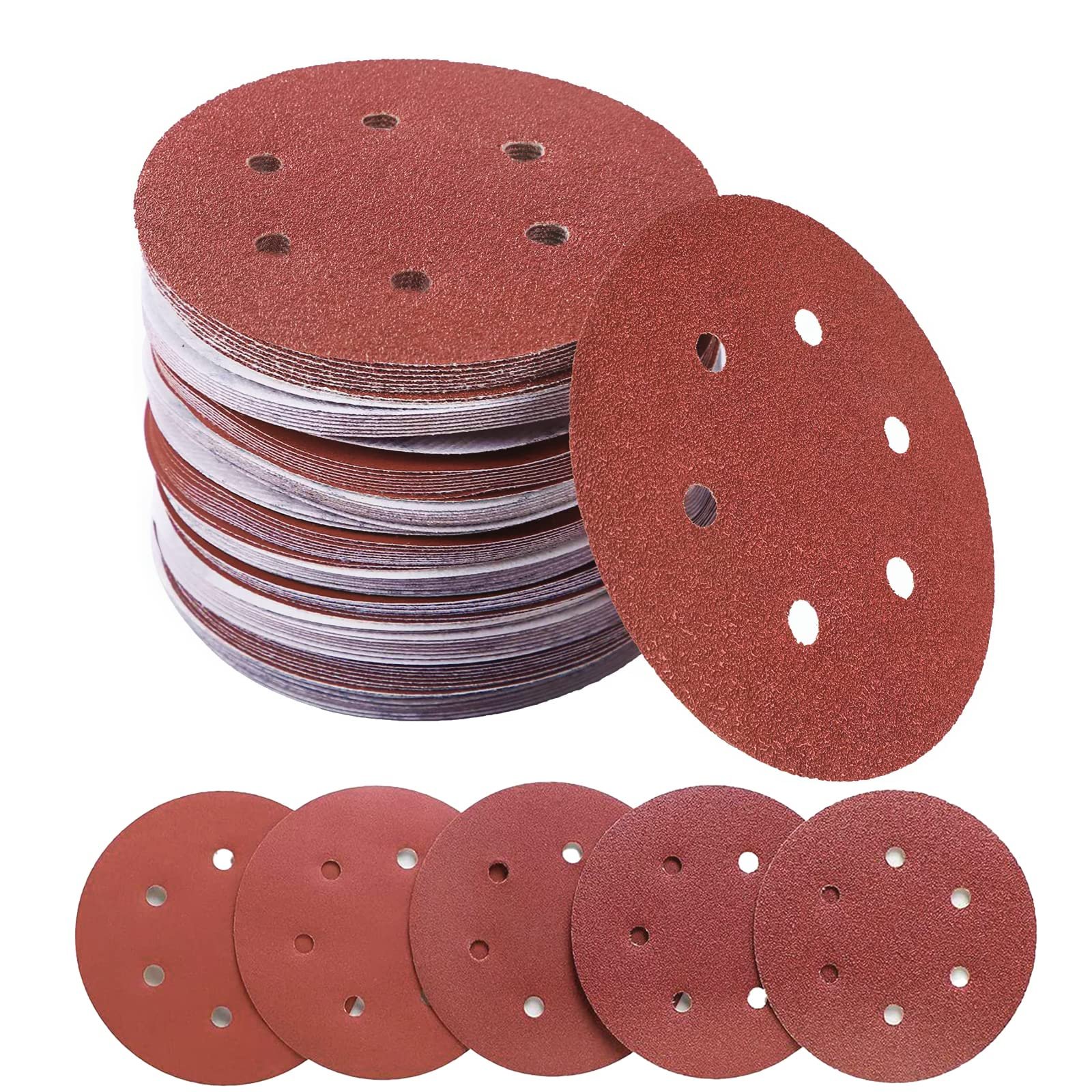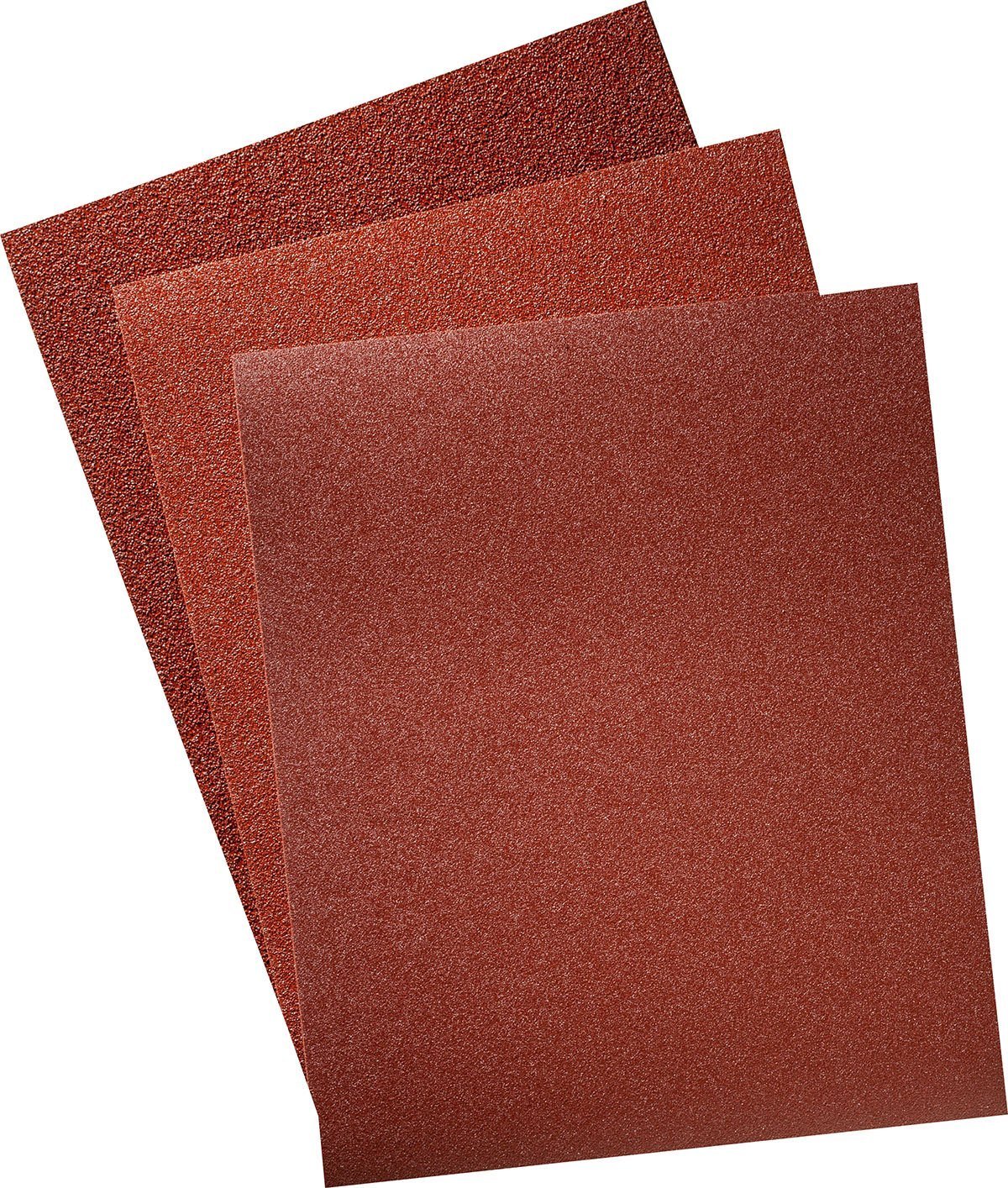Sanding paper may appear simple, but its role in craftsmanship and DIY projects is invaluable. From smoothing surfaces to preparing materials for further treatment, sanding paper is a core tool in woodworking, automotive refinishing, metalworking, and a variety of other applications. Its versatility and effectiveness make it a staple in both professional and amateur workshops.
Key Applications of Sanding Paper
The uses of sanding paper extend across many industries and hobbies:
Woodworking
Sanding paper is essential for preparing wooden surfaces for staining, painting, or varnishing. It removes imperfections such as saw marks, scratches, and unevenness, ensuring a smooth, flawless finish.
Automotive Refinishing
In automotive repairs, sanding paper is used to remove paint, rust, and other imperfections. It plays a crucial role in preparing car bodies for a fresh coat of paint, contributing to a high-quality, smooth finish.
Metalworking
Sanding paper is indispensable in metalworking for tasks like deburring, polishing, and preparing metal parts for further treatment. It helps ensure that metal pieces are not only smooth but also safe to handle.
DIY Projects
DIY enthusiasts rely on sanding paper to restore furniture, create custom art, and complete home improvement projects with professional-quality results. Whether you’re refinishing a vintage table or prepping walls for paint, sanding paper provides the precision and control needed for a flawless finish.
Benefits of Using Sanding Paper
There are several reasons why sanding paper remains a go-to tool for many professionals and hobbyists:
-
Cost-Effective: Sanding paper is a budget-friendly alternative to power sanders and other expensive tools, making it accessible for both small and large projects.
-
Versatile: Sandpaper is available in a variety of grit sizes and backing materials, allowing for a wide range of applications.
-
Control: Using sanding paper, either manually or with a sanding machine, allows for greater control over the sanding process, making it easier to achieve the desired texture and finish.
How to Select the Right Sanding Paper
Choosing the right sanding paper depends on several factors:
-
Material Type: The type of material you are working with dictates the kind of sandpaper you should use. For example, softer woods require finer grits to prevent tearing, while harder materials like metal may require coarser grains for faster material removal.
-
Grit Size: The surface roughness of the material will determine the appropriate grit size. For rough surfaces, coarser grits are ideal, while finer grits are used for finishing and polishing.
-
Shape and Size: Sanding paper comes in various forms, such as sheets, rolls, belts, and discs. Choose the one that best fits your project’s size and shape.
Final Thoughts
From professional craftsmen to DIY enthusiasts, sanding paper is a versatile, cost-effective tool that ensures high-quality finishes in a variety of projects. By selecting the right type, grit, and size of sandpaper, you can achieve precise, smooth results—whether you’re working on wood, metal, automotive refinishing, or home improvement.



